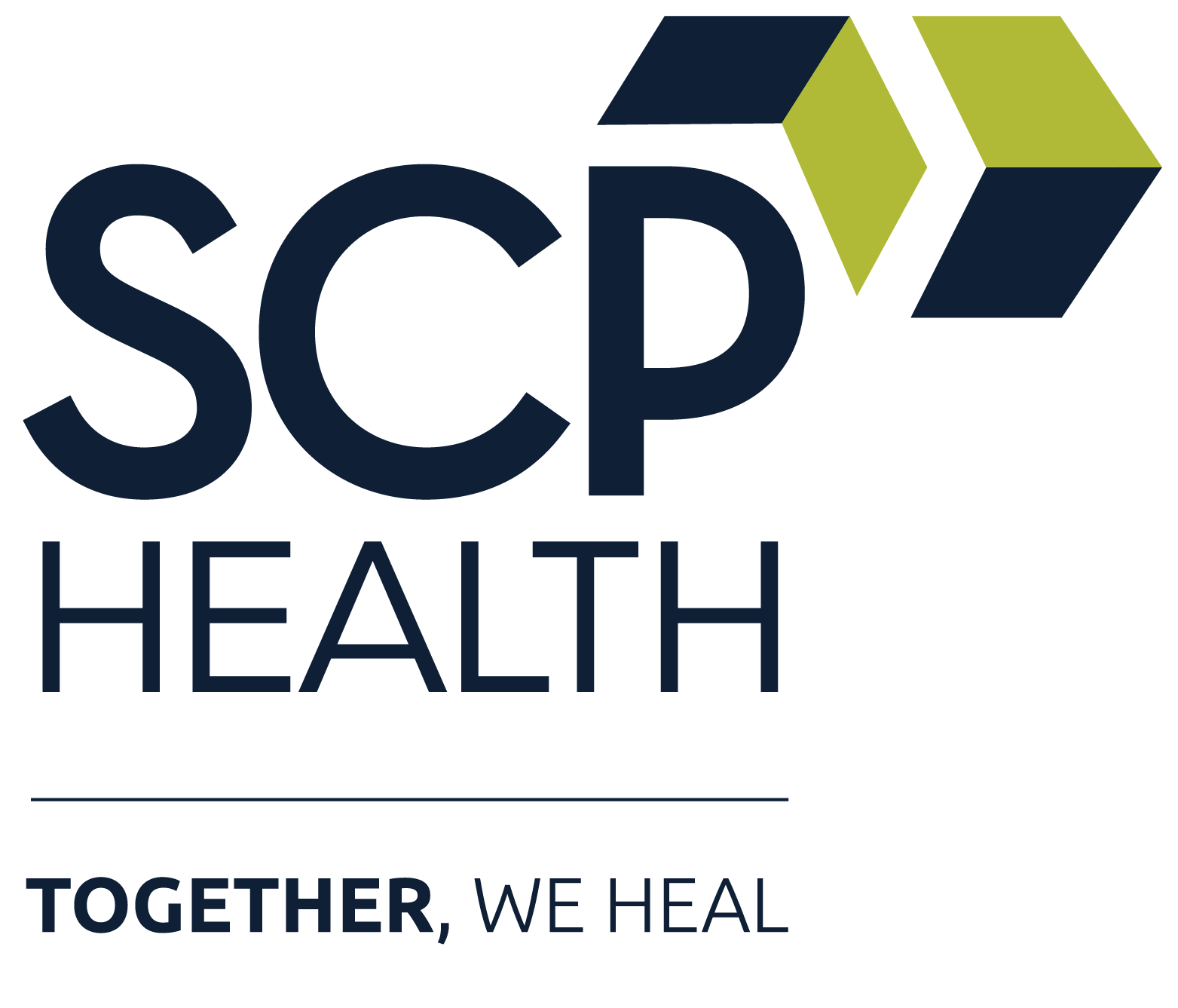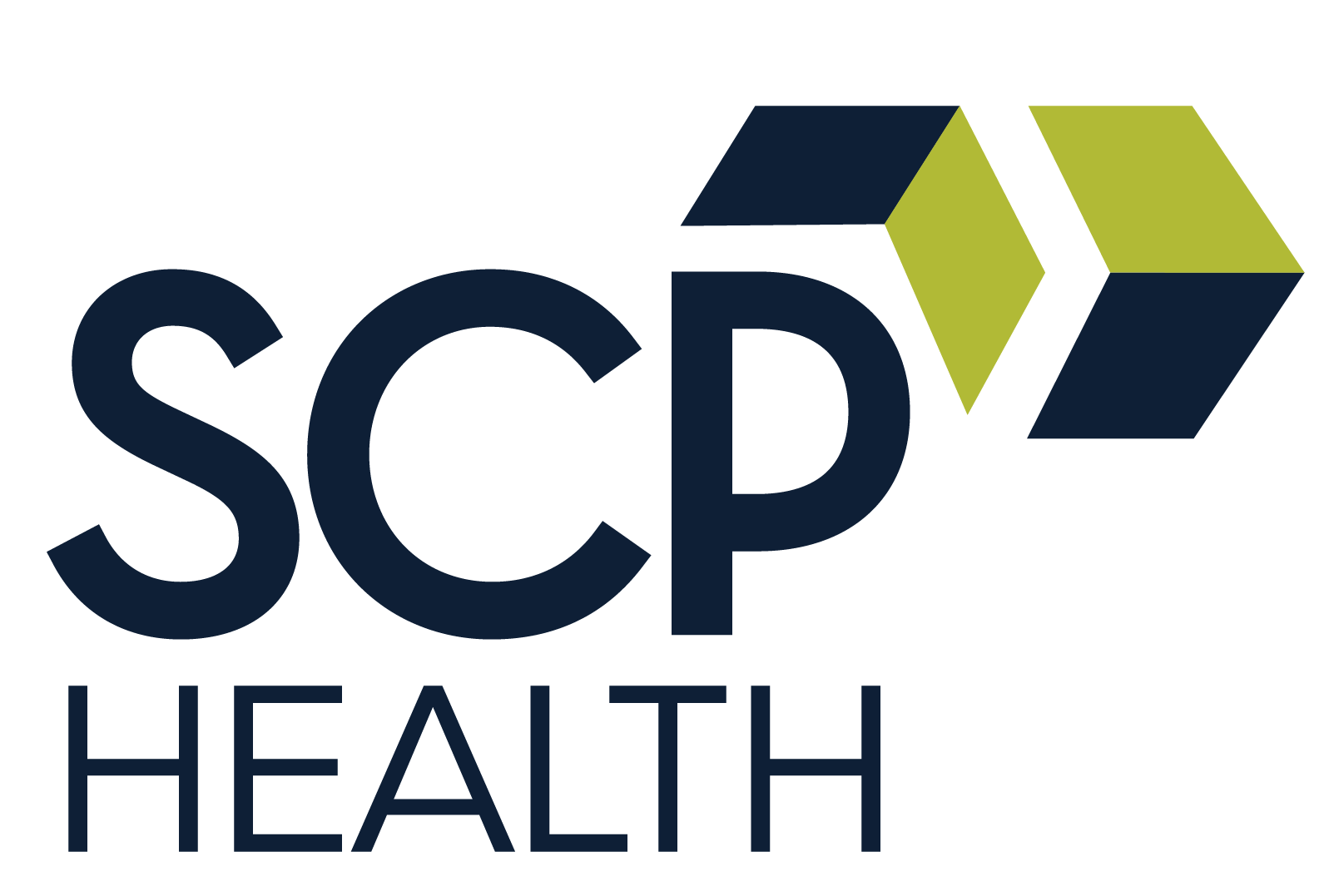This post is the last of a four-part series on how to acquire and retain hospital-based clinicians. It discusses the need for leadership to address the problem of clinician burnout by offering a true work-life balance.
Burnout is a problem for all clinician specialties, including emergency, hospital, and critical care medicine. Since hospital administrators ultimately bear the burden of each department’s stability, installing safeguards against burnout is vital.
The causes of burnout are numerous, including: patient-related stress and fatigue, too many bureaucratic tasks, spending too many hours on the job, and insufficient income. These factors affect physician well-being and lead to poor performance, lower patient satisfaction scores, increased errors, alcohol and drug abuse, and even thoughts of suicide.
To retain the best clinicians, hospital administrators must make preventing burnout a priority. To do so, administrators must commit to providing strong departmental leadership, appropriate staffing levels, a supportive practice environment, and perhaps most importantly: work-life balance.
As an administrator, you can’t avoid the inherent unpredictability of hospital-based medicine. You can make a conscious effort to support your clinicians and create a culture that promotes work-life balance by considering the following:
Clinician Work Schedules
While you cannot control who walks through your hospital’s front door or when, you can ensure your clinical teams are ready for whatever comes next. A humane clinician work schedule that allows for adequate balance with life outside their practice is a great starting point. That means ensuring schedules don’t require clinicians to flip from night to day and back again quickly, or work lengthy and unsafe shifts.
Although you can’t always avoid overtime, monitoring of patient volume and using AI-supported predictive scheduling combined with responsive leadership can help ensure each department is adequately staffed to handle swings in its patient load.
Fair and equitable scheduling, in which all clinicians share responsibility for working nights, weekends, and holidays, also goes a long way in promoting a stable, team-centric practice environment.
Clinician Income
Simply raising clinicians’ rates isn’t a magic bullet. The reality is that raising clinical compensation above the market rate for your region may not be feasible for your hospital, or even fruitful.
Experience shows that as with any relationship, long-term clinician-hospital commitments tend to be more strongly fortified by those things money can’t buy — shared values, capable leadership, a supportive practice environment, a collaborative departmental team — than what it can.
That’s not to say money doesn’t matter. Compensation should still reflect fair market rates for all clinicians. Additionally, signing bonuses and relocation reimbursements are often valuable draws for clinicians who may just be starting out or are looking to make a move.
However, for all clinicians, signing bonuses and relocation money may not be as important as what they want or need in a practice environment, culture, medical director leadership, or team.
Other Considerations
Other burnout prevention strategies include improving the efficiency of the practice environment, reducing the administrative burden, and providing clinicians with greater flexibility and control over their work.
Regardless of the steps you take, making a conscious effort to support your clinicians during work and protect their personal time outside of work will show you value your physicians and take the problem of burnout seriously. This positive culture will not only benefit your clinicians by reducing burnout but also your hospital’s overall care quality.





